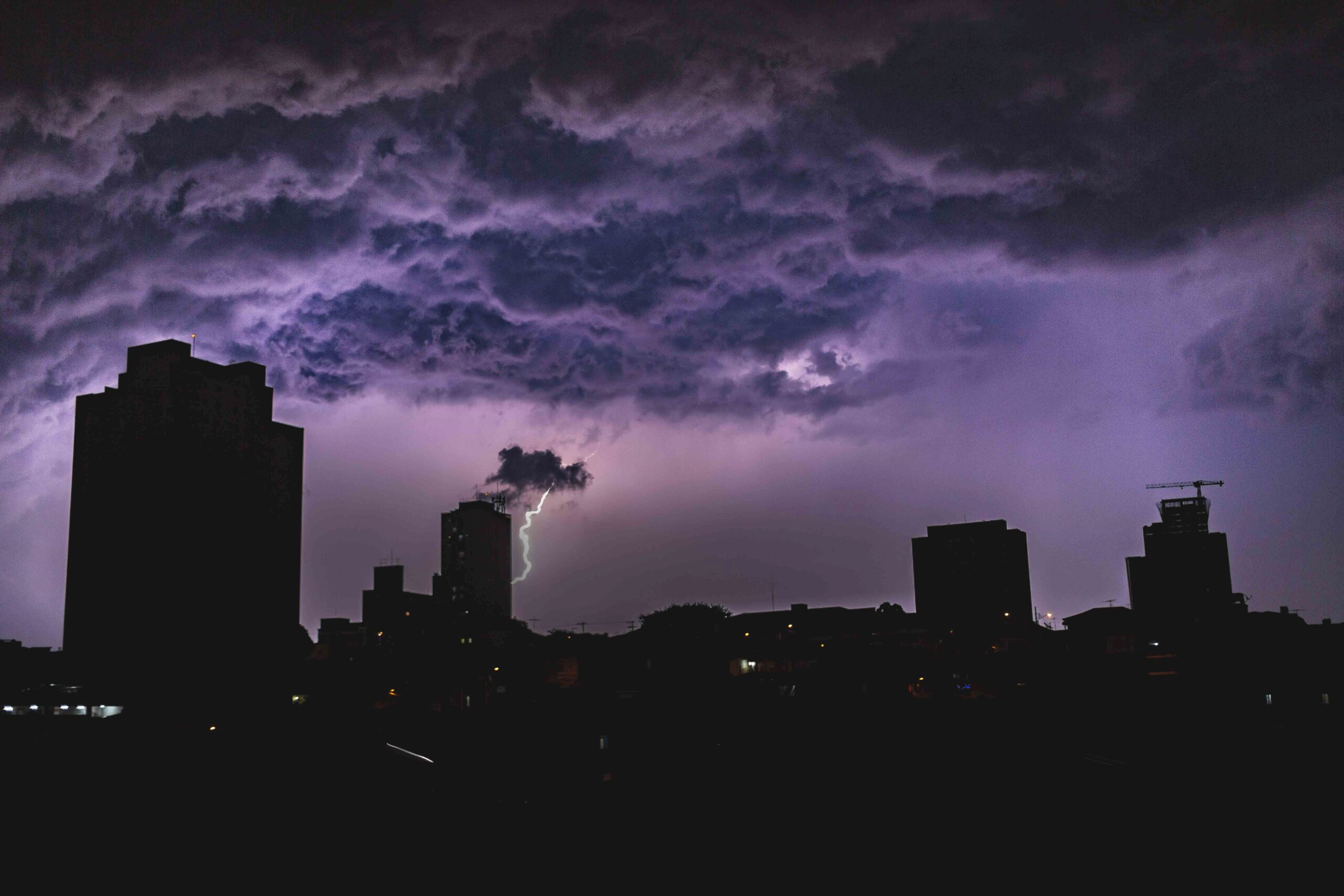
The coastal Northeast is experiencing a concerning trend of heating at a faster rate compared to other regions in North America. Researchers have identified a strong correlation between the accelerated warming and the rapidly increasing temperatures in the North Atlantic Ocean and increasing storm intensity. Natural disasters such as hurricanes, tornadoes and coastal flooding can strike at any moment, leaving communities devastated and in need of immediate assistance. It is crucial for communities to be prepared in order to minimize the impact of these disasters and ensure the safety of their residents.
Preparing your community for a natural disaster is crucial to minimize damage, save lives, and facilitate a swift recovery. Here are a few steps to assist with your preparation:
Assessment and Planning:
- Identify the types of natural disasters that are common in your area, such as earthquakes, hurricanes, floods, wildfires, or tornadoes.
- Conduct a thorough risk assessment to understand the potential impact of these disasters on infrastructure, buildings, and residents.
- Collaborate with professionals to create a comprehensive disaster preparedness plan.
- Make sure that the community has backed up records of their site plans, architectural and structural drawings, as this can greatly assist in the post disaster assessment and recovery process.
Initial building evaluation performed based on the severity of the storm/event:
- The degree of safety & habitability of the subject building is not always obvious. If there is any doubt or question that there may be structural or building envelope damage to a building, call you Professional Engineer or Architect and have an evaluation performed.
- In some instances, you may be required by your local municipality to have your professional assist with stabilizing the structure before parties can enter the structure to collect personal belonging that may remain.
Communication and Engagement:
- Establish a reliable communication system to disseminate information before, during, and after a disaster. This can include email, social media, or text alerts.
- Designate community leaders or volunteers responsible for communicating updates and instructions.
Contact Insurance:
- It can take a while to get adjusters to scene following an event. Be sure to take before, during and after photos of any damage that occurred.
Post-Disaster Recovery:
- Establish a recovery plan that includes damage assessment, debris removal, and restoration of essential services.
- Plans and specifications may be required to repair or reconstruct the building, depending on severity.
- Code requirements can impact the work based on if it is classified as repair vs reconstruction. This needs to be carefully reviewed and considered as insurance carriers may try to exclude some of the necessary work, so the Architect or Engineer needs to be well versed on preparing plans for this type of work.
Remember, disaster preparedness is an ongoing effort. Regularly review and update your plans based on new information, changing community demographics, and emerging technologies. By taking proactive steps, you can help your community minimize the impact of natural disasters and ensure a more resilient future.









